Albania is known for many historical and natural wonders, but one national treasure that many people don’t know about is the fascinating and legendary caves sprinkled throughout the country.
And there is a good reason. Many caves are still being explored. However, the ones that have been mapped out are just too interesting and gorgeous to pass up. With mouth-dropping views and tales of pirates and battles, more and more adventurers are including visits to these famous Albanian landmarks each year.
As you’re planning your next adventure in Albania, here are the top seven caves in the country you should consider adding to your itinerary!
1. The Black Cave—Pellumbas, Albania
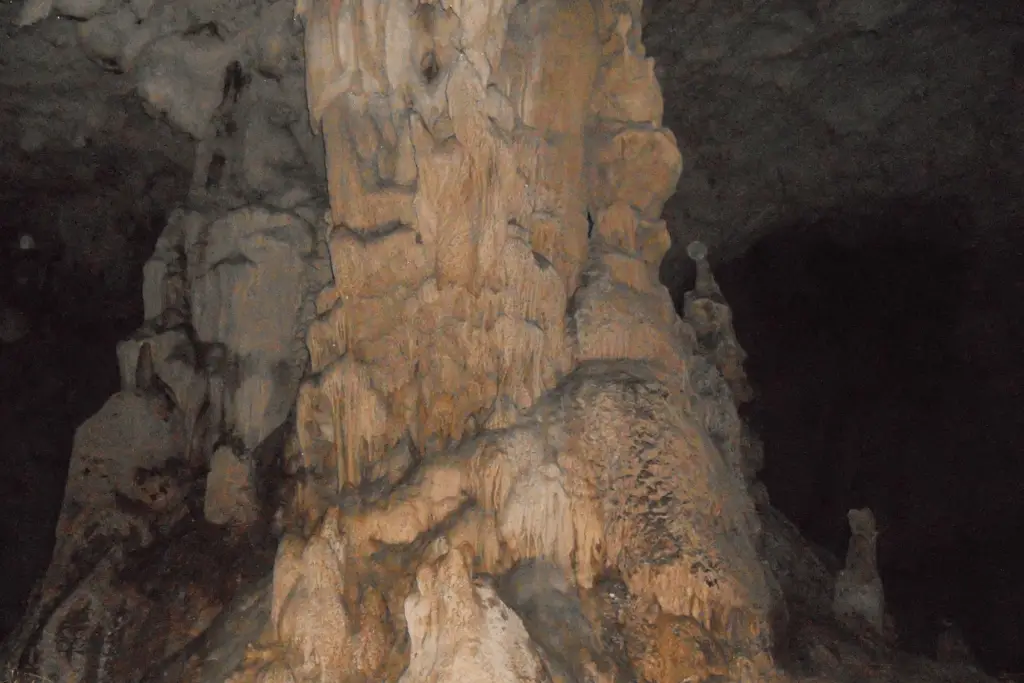
The first cave, and one of the most unique to explore in all of Europe, is only a 30-minute drive from the capital of Tirana.
The Black Cave, also known as Pellumbas Cave (the name of the village where it’s located), is one of only five caves in all of Europe with evidence of cave bears existing 10,000 to 40,000 years ago. But what makes this cave unique from the others is that it’s also home to evidence of pre-historic human culture dating back 30,000 years ago.
The only way to reach the cave is to hike a path for about an hour along the Skorana gorge formed by the Erzen River. The part of the cave that has been discovered and mapped out is more than 1,180 feet long, 33-49 feet wide, and nearly 150 feet high.
When you step into the entrance of the cave, sights of stalactites and stalagmites will immediately mesmerize you. You’ll continue to be fascinated as you explore the multiple galleries.
There are various tours you can join for even more fun.
2. Haxhi Alia Cave—Vlore County, Albania
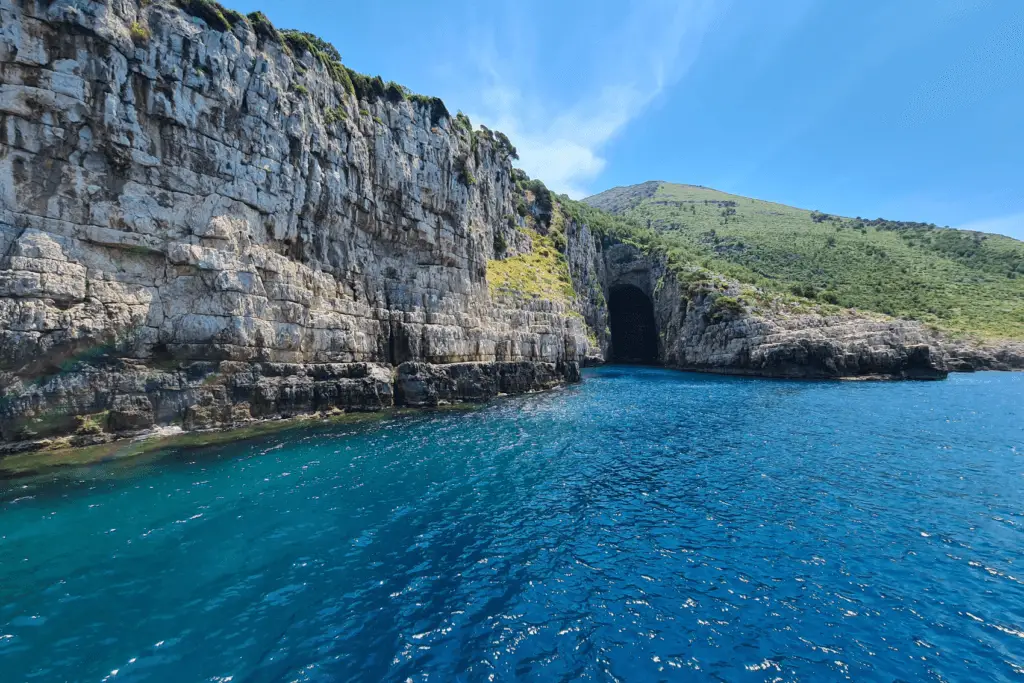
The next cave that is a must-explore is considered one of the most beautiful caves in the entire country.
The Cave of Haxhi Alia is nestled along the Adriatic Sea on the Karaburun Peninsula, approximately 30 minutes from the nearest town of Orikum and a little more than an hour from Vlore. The only way to reach the cave is by taking a boat into the beautiful, crystal blue waters alongside tall, majestic mountains.
The cave dates back to Illyrian times, measuring nearly 10 feet long, a max height of almost 60 feet, a width of nearly 40 feet, and a depth of 32 feet. When you reach the back of the cave, the water transitions from ocean water to freshwater.
The stories you’ll hear about the cave can’t help but spark your imagination when you explore its depths, especially the legend around the cave’s name. According to stories, Haxhi Alia was one of the most famous pirates of the Mediterranean. He studied in Istanbul and served in the Ottoman Empire fleet until gathering a group of Albanian sailors and moving back to Albania with his two sons.
Haxhi Alia organized several attacks on French and Venetian fleets that controlled the Mediterranean. The most famous battle was in 1623 when Venice and England attempted to wipe out piracy in the Mediterranean, but Alia fought back and escaped capture, solidifying his place in history.
The people in Albania also loved him for his generosity. He was well known for helping poor men financially so they could then help their daughters secure favorable marriages. After being killed in a battle in 1625, the villagers named the cave in his honor.
You’ll hear stories of Albanian piracy, including Haxhi Alia, and how they utilized the cave to store treasures and plan strategic attacks. There are several tours available, including private speedboat tours.
3. Dafina Cave—Vlore County, Albania
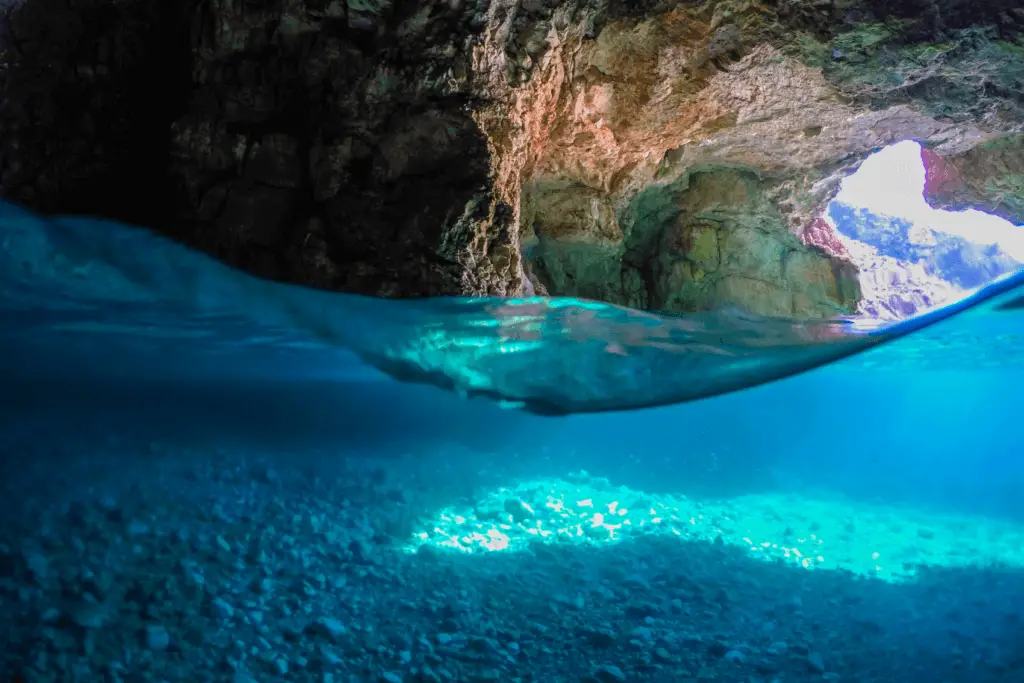
Another cave that is a must-see if you’re exploring Haxhi Alia Cave is Dafina Cave. Most organized tours will take you to both because they are so close to each other.
Dafina Cave, nestled along the Ionian Sea, is perfect for those super hot summer days when there’s nothing more refreshing than a swim in freshwater. You can be whisked away from the Albanian sun and be mesmerized by the crystal clear waters and stunning cave formations.
Here’s an example speedboat tour of the Karaburun peninsula that takes you to the Haxhi Alia and the Dafina caves.
4. Dragon’s Cave—Lumas, Albania
Another cave that will leave your mouth wide open with its spectacular views is the Dragon’s Cave, located approximately 30 minutes from Berat near the village of Lumas.
More than 6 million years have gone into creating the giant stagmites and stalactites that hang from breathtaking sights, as well as the crystal-clear lakes scattered inside. Beautiful lighting illuminates the Dragon’s Cave, unlike other caves, allowing you to soak in every possible view.
Perhaps you’ll also see ancient drawings and frescoes that reflect the story told to children for generations about the dragon that used to live in the cave. The legend states that one day the dragon got angry and burned down the nearby village of Katund, leaving only one little girl to survive. Every time she would visit the remains of the village, she would cry, and it was her tears that filled the nearby pools in the Sineci Canyon, another breathtaking must-see.
If you visit the Dragon’s Cave, it only makes sense also to tour Lumas and the Sineci Canyon! It’s definitely worth visiting all three locations in a day.
5. Holy Cave—Kruja, Albania
The Holy Cave, also known as the Cave of Sarisalltik, has historical connections to Albania’s national hero and spiritual connections to the Bektashi religion and anyone looking for a journey to spiritual peace.
Kruja is less than an hour outside Tirana and was home to Gjergj Kastroti Skanderbeg, a kidnapped Albanian child raised in Istanbul only to return to Albania to fight against the Ottoman Empire for more than 25 years.
Kruja is tucked away high in the mountains, and the cave made the perfect location for Skanderbeg to hide away supplies and troops for his strategic battles.
But the cave received its holy name because it is also the location of Sari Salltik Tekke, a monument, place of worship, and home to the remains of Sari Saltik, who was a Bektashi legend throughout the entire Balkan region for teaching and practicing religious tolerance.
This location is the second largest pilgrimage site in the country, where people of all faiths visit throughout the year, primarily in August and September. This cave has everything to explore, from historic Albanian battles to quiet, soul-searching nooks to help you find inner peace.
Also nearby, you can explore the Old Bazaar, where locals sell handmade Albanian gifts, tour the Castle of Kruja, and see where Skanderbeg plotted his historical battles.
6. Pirogoshi Cave—Berat County, Albania
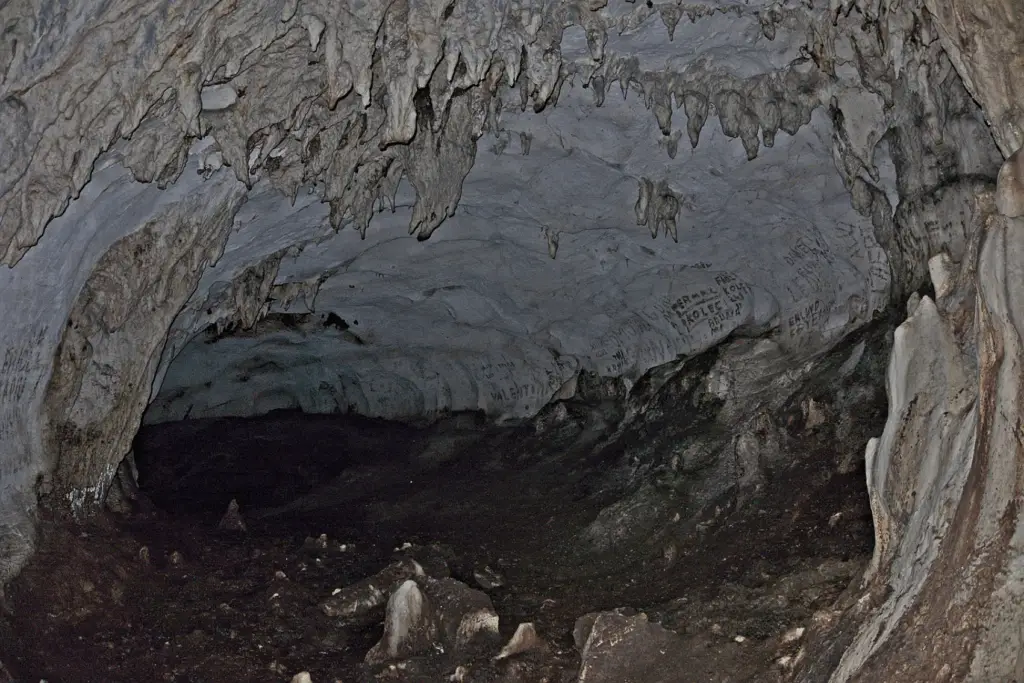
The largest cave in Albania is Pirogoshi Cave, located near the village of Corovoda, which is about an hour south of Berat. This cave is nearly 5,000 feet long and is considered one of the most exciting caves to explore by many who visit.
The grand entrance to the cave is 100 feet wide, flanked by the limestone cliffs of the nearby Gradec Canyon. Once inside, you’ll follow a road that will take you through a maze of various extensions, large and small hallways, and exquisite galleries of stalactites, stalagmites, columns, and waterfalls.
You may have noticed that many Albanian caves come with legendary stories. Pirogoshi Cave is no exception! No one has ever explored the entire depth of Pirogoshi Cave, and many locals believe that somewhere in the darkness is the hidden treasure of King Pirro of Epirus waiting to be discovered!
In addition to exploring Pirogoshi Cave, this area is also well known for water rafting and mountain hiking. So if you’re an outdoor adventurer, there is plenty to do here!
7. Pirate’s Cave—Dhermi, Albania

Last but certainly not least is the Pirate’s Cave located near Dhermi in the south of Albania. Before you say, “Really, another pirate cave?” you have to know that this cave has inspired writers from around the world because of its beauty and mystery.
Petro Marko, an Albanian writer known as one of the founders of modern Albanian writing and compared to Hemingway and Mark Twain, wrote the book The Pirates Cave in 1964 after being awestruck during his visit. The novel is a five-part story capturing the history of pirates while instilling Albanian national pride.
But you don’t have to read the book to feel what Marko must have felt when he first entered the cave. The grand entrance comprises sculpted limestone rocks that you can only reach by boat. And once inside, you can easily see why it was the perfect refuge for pirates along the Ionian Sea.
The open ceilings still allow ample sunlight to come in, illuminating an atmosphere of magical light. There are also ideal spots for swimming that allow you to cool off away from the hot summer sun. The crystal clear waters of the Ionian still reach inside, which reflects the salty pink color of the cliffs.
Dhermi is known for its idyllic beaches, but no one visits Dhermi without visiting the Pirate’s Cave!
Underground Cave Adventures Await in Albania
As more and more caves are revealed in Albania, that means there will always be new adventures for you to discover. And as you know, every adventure means there are legends, history, and lessons that you will always carry no matter where you travel next.
****
That is why Albania makes one of the best up-and-coming travel locations in Europe. The history, culture, food, and hospitality are unlike any other country, yet there is still so much left to discover.
Be sure to book your underground cave adventure in Albania. Who knows, maybe you’ll be the one to discover the next big legend!
Recent Blog Posts
This post contains affiliate links. At no additional cost to you I may earn a commission if you make a purchase.

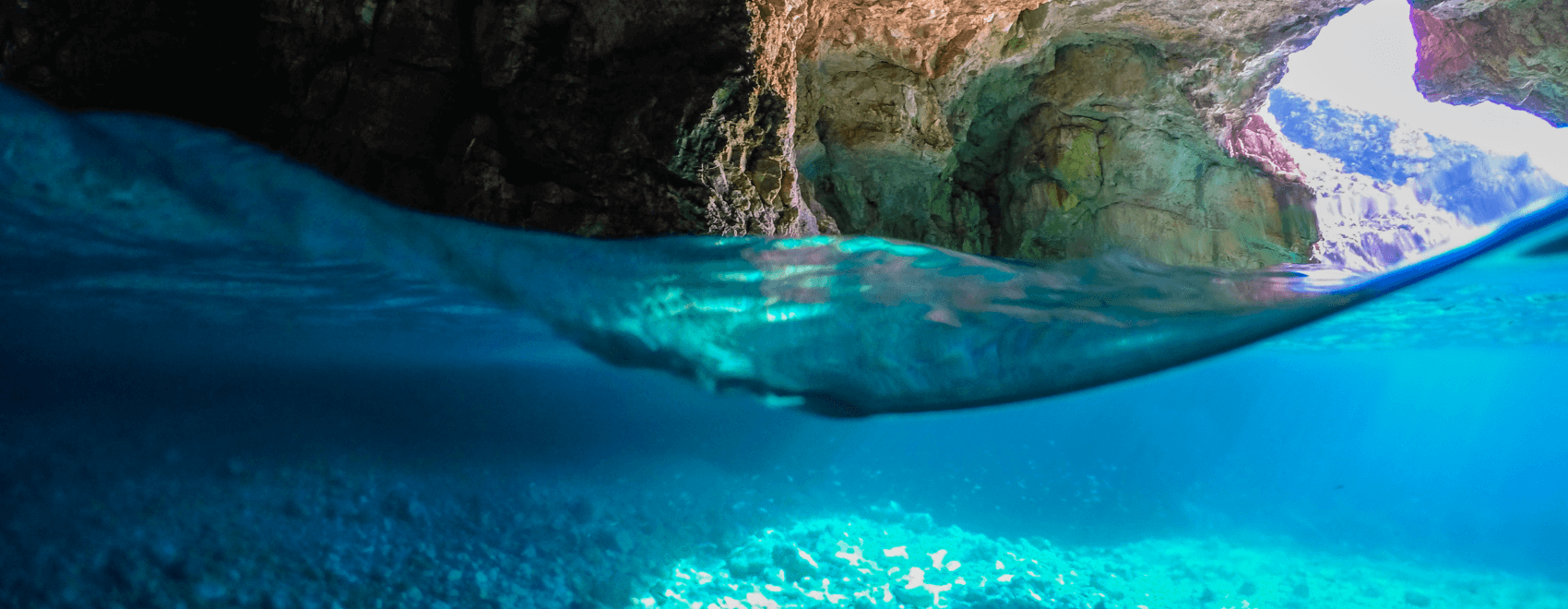
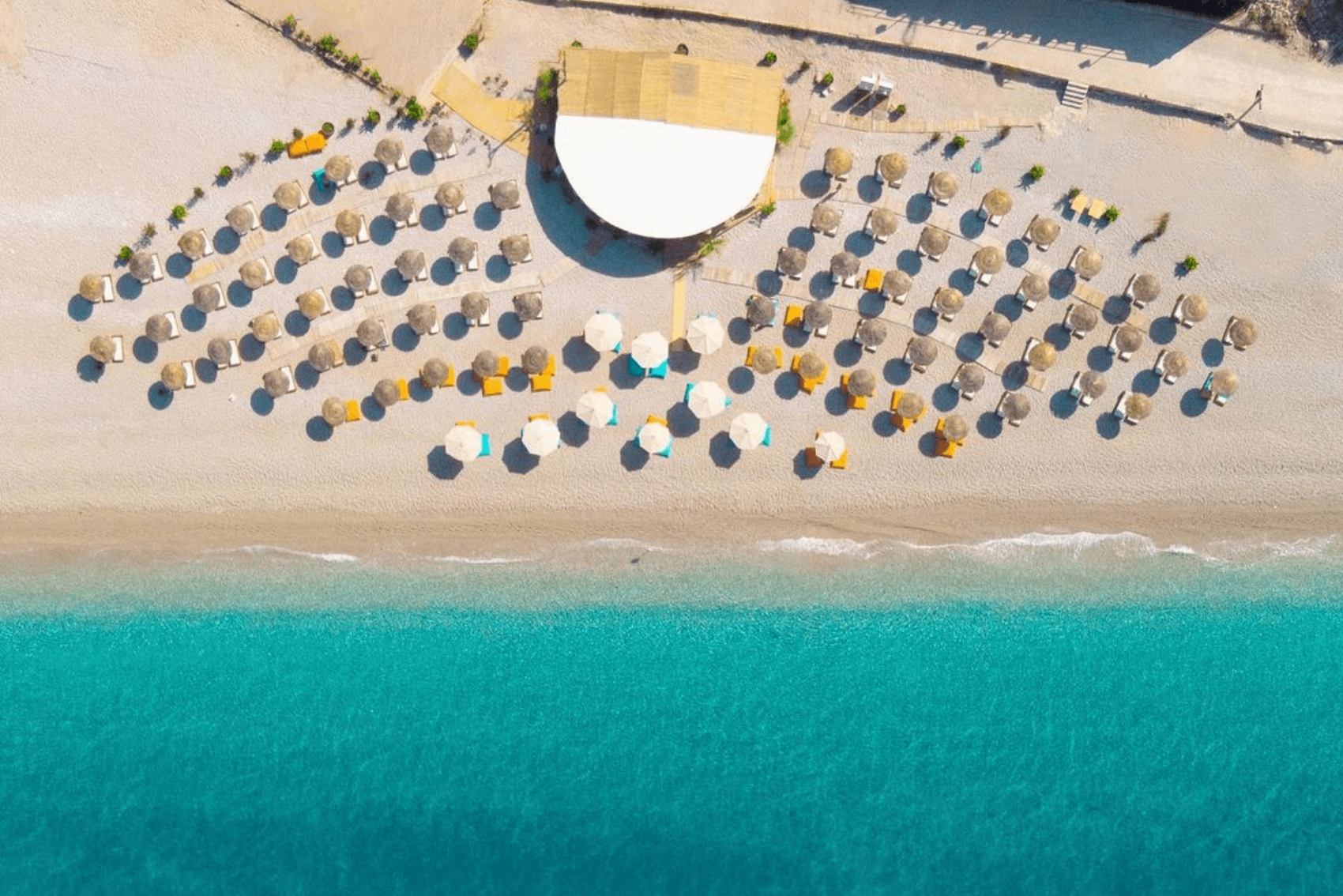
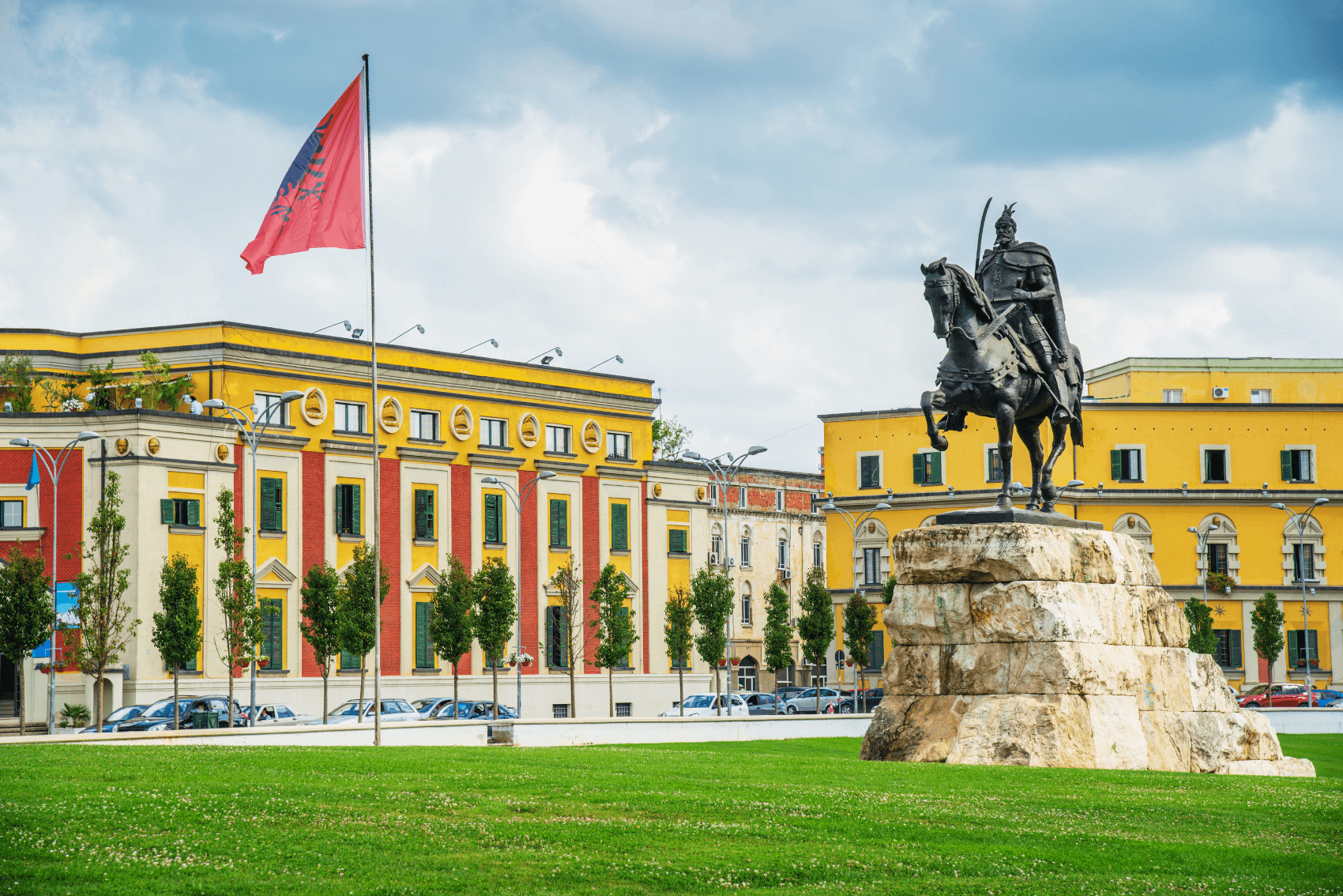

Leave a Reply